
Group B strep can cause dangerous infections in adults with certain chronic medical conditions.

Group B strep can cause dangerous infections in adults with certain chronic medical conditions.

The analysis of 204 countries and territories reveals that AMR is now a leading cause of death worldwide, which is higher than HIV/AIDS or malaria.
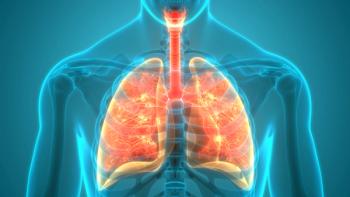
One viral protein could provide information to deter pneumonia causing the body’s exaggerated inflammatory response, new study results show.

The findings could help clinicians tailor the use of early antibiotics in newborns because only infants deemed at risk for infection should receive antibiotics.

Responses elicited by the pneumococcal vaccine for all 20 serotypes were similar whether administered with the COVID-19 vaccine or with placebo.

Lefamulin (Xenleta, Nabriva Therapeutics) is approved for the treatment of adults with community-acquired bacterial pneumonia caused by susceptible microorganisms.
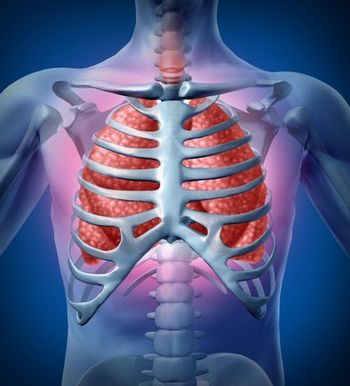
The research team looked at a pooled analysis of all published studies to re-evaluate the relationship between regular exercise and the risk of developing pneumonia.
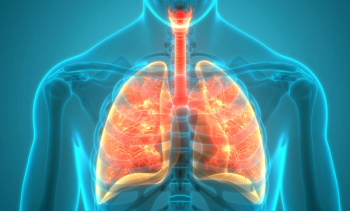
Chronic hypersensitivity pneumonitis is a long-term lung condition in which the interstitial tissue surrounding the alveoli of the lungs becomes inflamed and develops fibrosis.

Serotypes 22F, 33F, and 3 represent more than a quarter of invasive pneumococcal disease in children under the age of 5

Multiple GBS vaccine candidates are in development, but none are available despite development efforts spanning multiple decades.
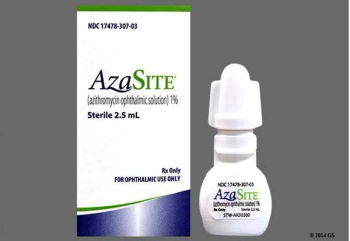
AzaSite is indicated for the treatment of bacterial conjunctivitis caused by CDC coryneform group G, Haemophilus influenzae, Staphylococcus aureus, Streptococcus mitis group, and Streptococcus pneumoniae.

It was previously known that beta-lactam antibiotics function by restricting cell wall growth, but the exact mechanics have remained unknown until now.
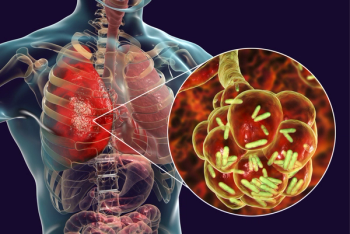
Study of human lung tissue and airway samples from patients with bacterial pneumonia shows that IL-26 applies modulatory effects on the immune system.

This research could help improve the efficacy of antibiotics without clinicians having to attempt risky strategies such as providing patients with higher doses or relying on the discovery of new types of antibiotics, according to the study authors.

The study also found that certain E. coli cells in these microenvironments were able to survive phage treatment without acquiring genetic resistance.

The immune response of all 15 serotypes in the V114 pneumococcal vaccination were higher than those in the PCV13 vaccination.

Musey addressed any gaps and limitations that researchers should be focusing on in future studies and what he hopes to see for the future of pneumococcal vaccines and this disease.

Musey discussed the highlights of the new data and how these 2 studies are different than previous studies in this topic area.

As the researchers searched for an antibiotic to pair up with the antibacterial bacteriophage, they found that they could treat the infection with the bacteriophage alone.
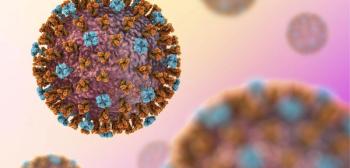
The researchers noted the importance of maintaining vaccination rates for conditions that can lead to respiratory issues, especially with COVID-19 cases still raising concern throughout the United States.
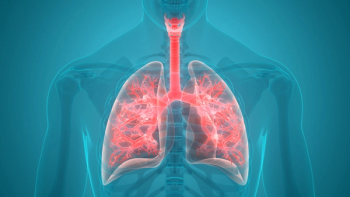
Treatment of round pneumonia should be followed up with a 2-view chest X-ray weeks later.
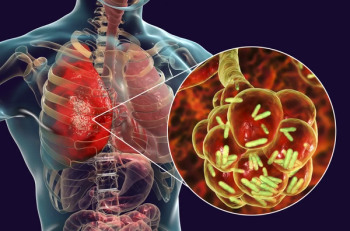
Study shows Lefamulin, omadacycline, ceftaroline, delafloxacin are beneficial in treating community-acquired pneumonia.

Several studies have shown that a pharmacist’s presence on a sepsis team has a statistically significant impact on patient outcomes, with pharmacists taking on several roles during patient management.

Macrolide resistance varied by US region but was greater than 25% in most areas and 39.5% overall.

Vaccines help prevent pneumococcal disease, which is any type of illness caused by Streptococcus pneumoniae bacteria.